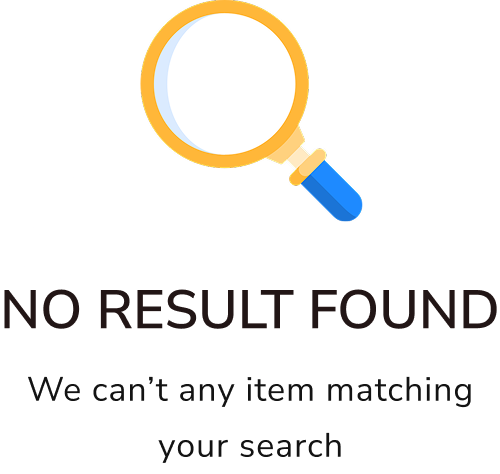In the ever-evolving food industry, ensuring the quality of food products is paramount. This is where a Quality Assurance Plan (QAP) becomes indispensable. By providing a structured approach to managing and controlling quality, a QAP helps meet the specified standards and requirements of food industry solutions. In this article, we will explore the key components of a QAP and how it plays a crucial role in delivering high-quality food industry solutions.
Key Components of a Quality Assurance Plan
- Quality Objectives: Clearly defined goals related to quality that guide the entire project.
- Quality Responsibilities: Assign specific roles and duties to ensure accountability in quality assurance.
- Quality Standards and Requirements: Establish the benchmarks that need to be met throughout the project lifecycle.
- Quality Control Procedures: Implement processes to monitor and maintain standards.
- Non-Conformance Management: Create strategies to address deviations from standards.
- Quality Audits: Regular reviews to ensure ongoing compliance and improvement.
- Documentation and Reporting: Maintain detailed records to support transparency and traceability.
- Continuous Improvement: Consistently refine processes for enhanced quality output.
Importance of a Quality Assurance Plan in Solutions
The implementation of a QAP is crucial for ensuring that food industry solutions meet required quality standards and regulatory requirements. It not only satisfies customer expectations but also ensures consistency, risk mitigation, and proper documentation. Furthermore, it involves audits and reviews to maintain high standards of team competence.
PMG's Role in Developing QAP for Food Industry Solutions
Project Management Group (PMG) plays a vital role in the development and execution of a QAP. They provide expertise in several areas:
- Plan Development: Laying the groundwork for a comprehensive QAP.
- Stakeholder Coordination: Ensuring all parties are aligned and informed.
- Requirements Management: Understanding and addressing project needs effectively.
- Quality Planning: Creating a roadmap for achieving desired quality outcomes.
- Risk Management: Identifying and mitigating potential risks early in the process.
- Compliance and Standards: Ensuring adherence to industry regulations and benchmarks.
- Quality Audits and Reviews: Conducting assessments to ensure quality targets are met.
- Performance Monitoring: Tracking performance metrics for continual improvement.
- Documentation and Reporting: Capturing data and insights for future reference.
- Training and Competence: Building team skill sets for enhanced project delivery.
Conclusion
An effective Quality Assurance Plan is a cornerstone of delivering successful food industry solutions. By ensuring high standards through well-structured processes, the QAP supports quality consistency, risk management, and ongoing improvement. With expert guidance from PMG, businesses in the food sector can achieve their quality objectives, ensuring satisfaction for both customers and regulatory bodies.
 PMG stands for Projects Management Group. We provide state-of-the-art Engineering Services to build world-class food processing factories.
PMG stands for Projects Management Group. We provide state-of-the-art Engineering Services to build world-class food processing factories.  Engineering is the difference between Chaos and Excellence. If you are going to do it, do it right.
Engineering is the difference between Chaos and Excellence. If you are going to do it, do it right.  Explore the diverse range of Products in the Food Processing Industry.
Explore the diverse range of Products in the Food Processing Industry.  Explore the technologies at the heart of the the Food Processing Industry.
Explore the technologies at the heart of the the Food Processing Industry. 


 Back
Back 



